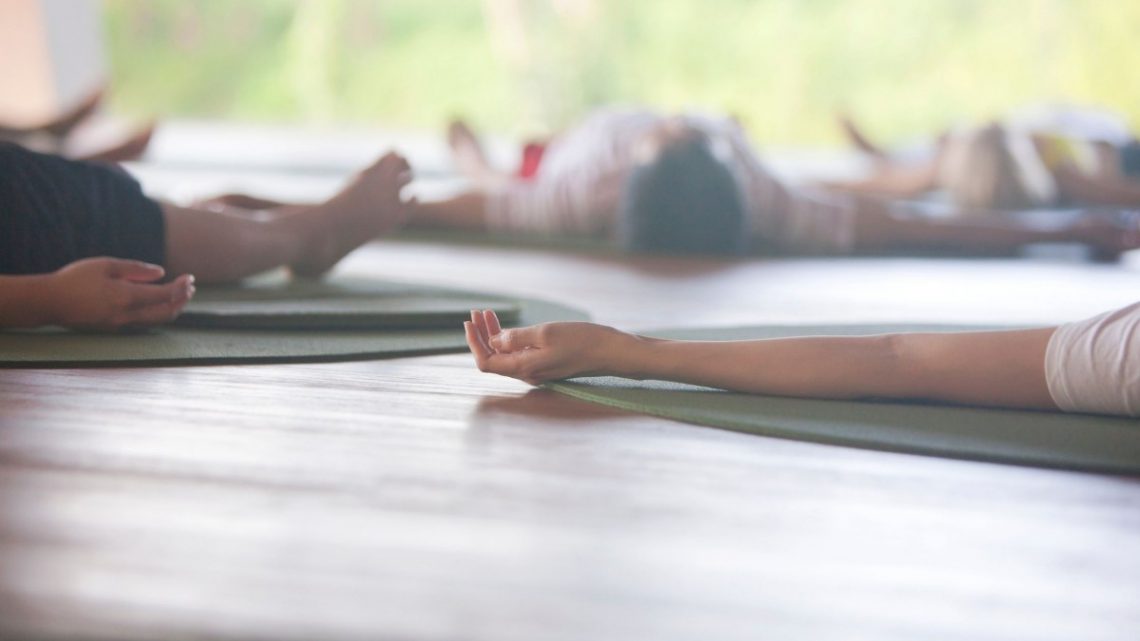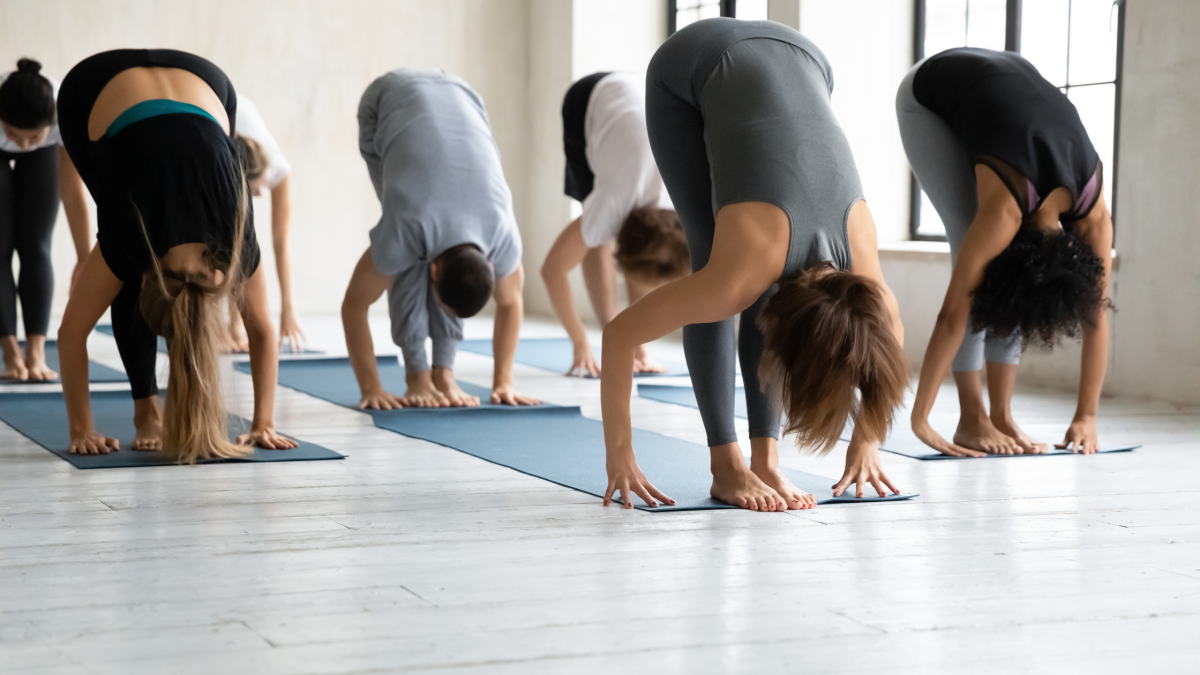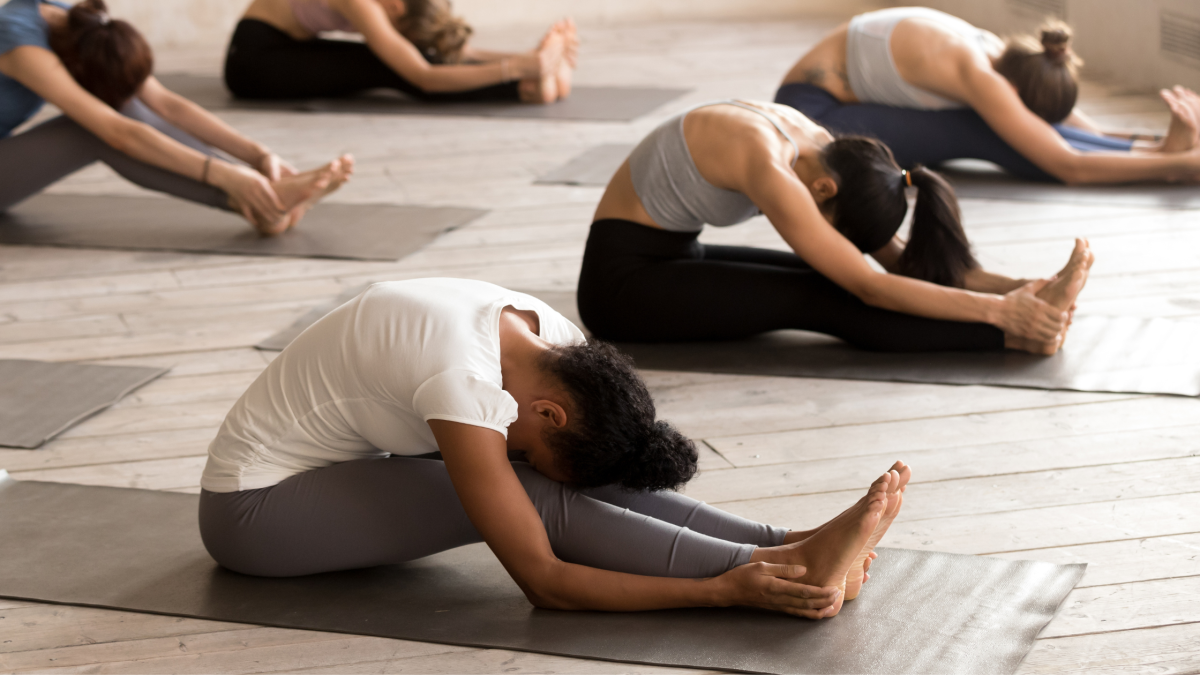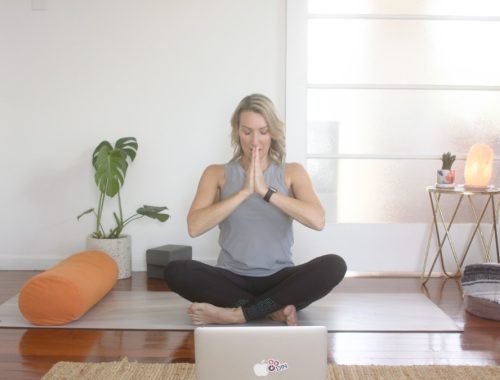
Yoga For Insomnia
Does yoga help with Sleep?
Yoga can be a helpful practice for managing insomnia with clinical trial studies of insomnia treatments including yoga, relaxation and meditation, reporting positive results. A simple daily yoga practice can help to reduce arousal and improve sleep quality.
Practicing these poses along with deep, mindful breathing can be beneficial for managing insomnia. Make sure to create a calming atmosphere and practice these poses before bedtime for best results. Always listen to your body and avoid any poses that cause pain or discomfort.
6 Yoga forms to help you sleep better

1. Child’s Pose (Balasana):
Start by kneeling on the floor with your big toes touching. Sit back on your heels and extend your arms in front of you, lowering your chest towards the floor. Rest your forehead on the mat and breathe deeply. This pose helps calm the mind and relax the body. You can use a bolster between your knees or a block under your forehead to make it a little more comfortable. Add a folded blanket under your knees if you experience knee pain.

2. Standing Forward Fold (Uttanasana)
Stand with your feet hips width apart and inhale deeply. As you exhale extend your torso forward and over your legs to lengthen your spine, add a soft bend in the knees here if you need it. Hold onto your elbows here or let your hands rest on the ground or on your shins. You can use a blocks to support your hands. Allow gravity to hold you here. This forward bend allows you to release tension through your neck, head, and shoulders whilst stretching through the hamstrings, calf muscles, and hips.

3. Legs Up the Wall (Viparita Karani):
Lie on your back and bring your hips near a wall or your bedhead and lift your legs up against it, forming an L-shape. Rest your arms at your sides or on your belly. This pose promotes relaxation and improves blood circulation.

4. Seated Forward Bend (Paschimottanasana):
Sit on the floor with your legs extended. Inhale and reach your arms up, then exhale and fold forward over your legs. Hold onto your feet, ankles, or rest your hands wherever they feel comfortable and relax into the stretch, you can hold onto a yoga strap wrapped under your feet to give you a little assistance. This pose stretches the spine, hamstrings, and calms the nervous system.

5. Supine Spinal Twist (Supta Matsyendrasana):
Lie on your back, bend your knees, and drop them to one side while keeping your shoulders grounded. Extend your arms out to the sides. This pose releases tension in the back and promotes relaxation. Pop a bolster between your knees to relieve through the lower back and hips.

6. Corpse Pose (Savasana):
Lie on your back with your arms and legs extended. Pop a bolster, pillow or folded blankets under your knees to alleviate lower back pain. Close your eyes and focus on your breath. Relax every part of your body, releasing tension. This pose helps in deep relaxation and can alleviate stress.
Final Recommendations
Develop daily routines and habits that become automatic.
Practicing deep, slow breathing (Pranayama) activates the parasympathetic nervous system, our ‘rest and digest’. By focusing on our breath, it helps to calm the mind and bring us into the present moment.
Consistency is key. A regular yoga practice, combined with good sleep hygiene and a calming bedtime routine, can contribute to better sleep quality over time.






